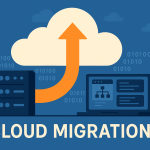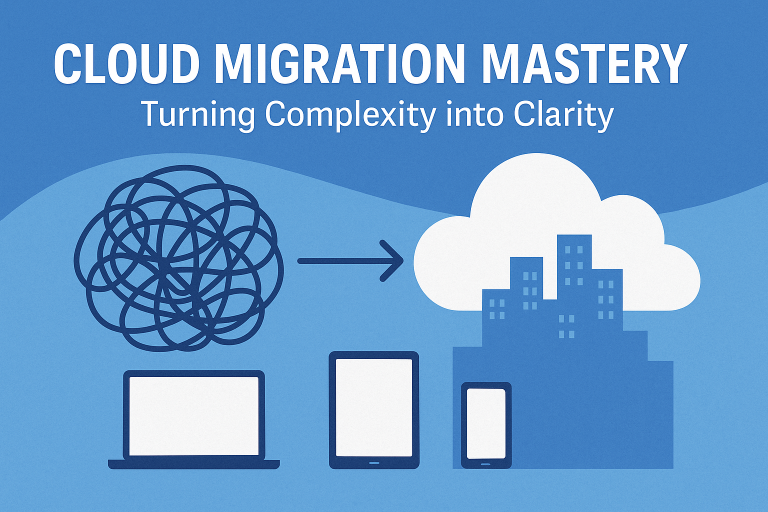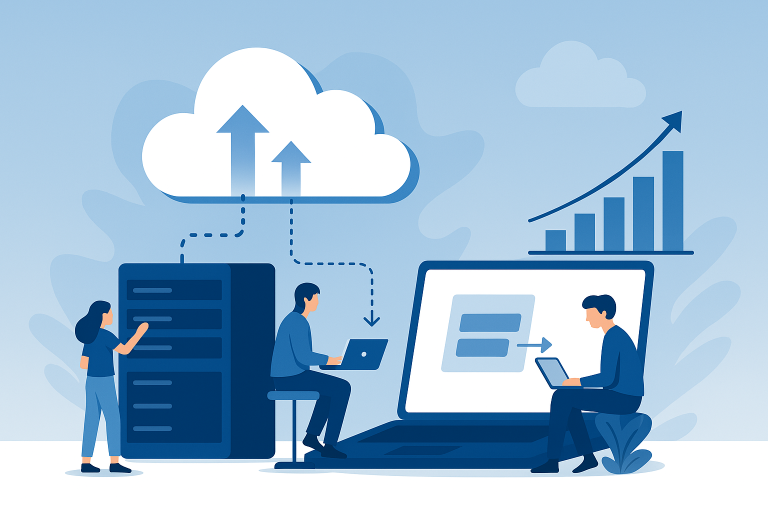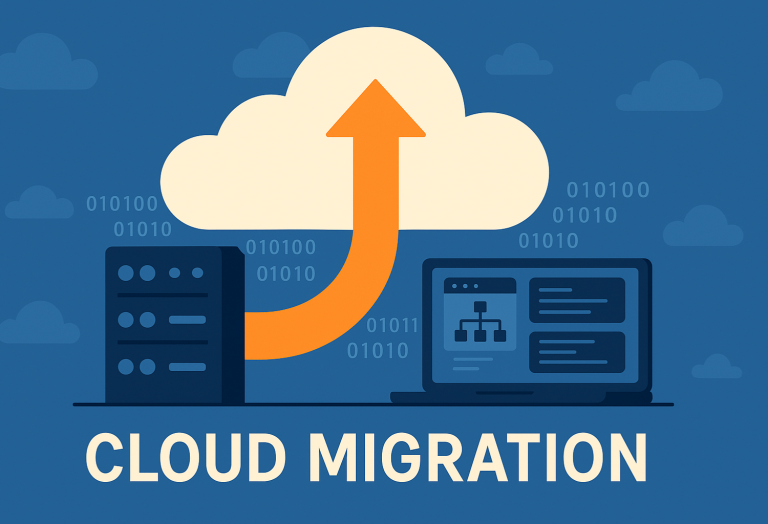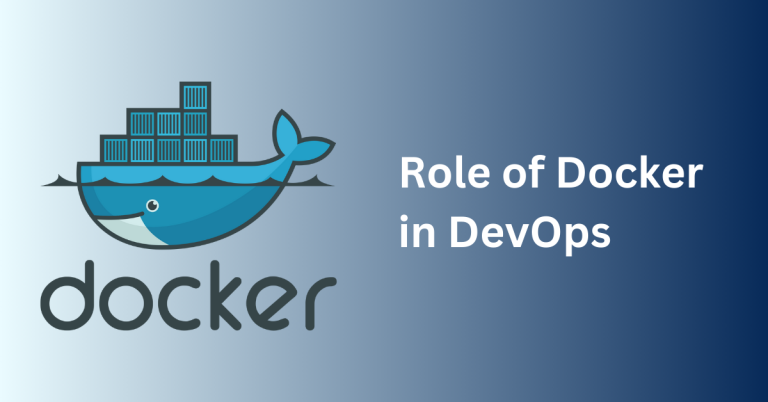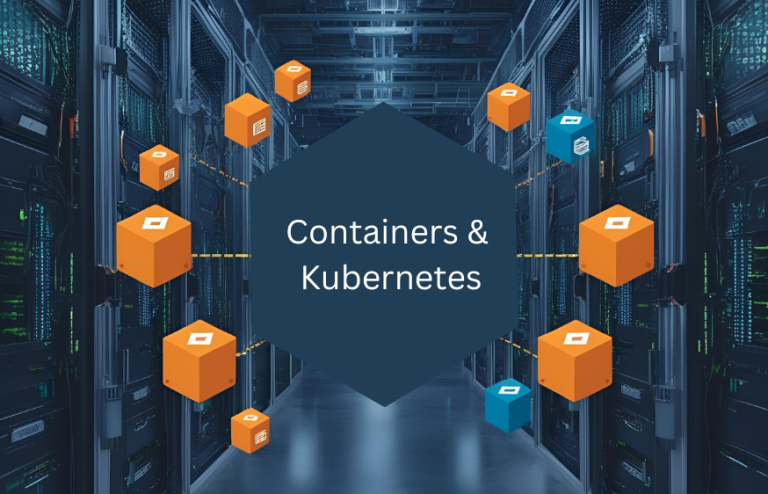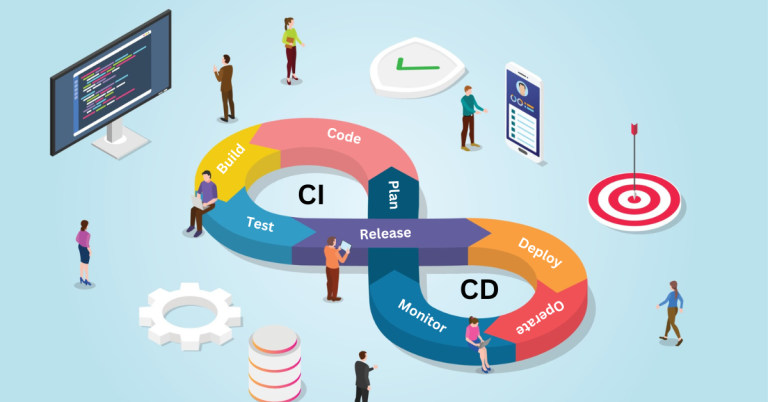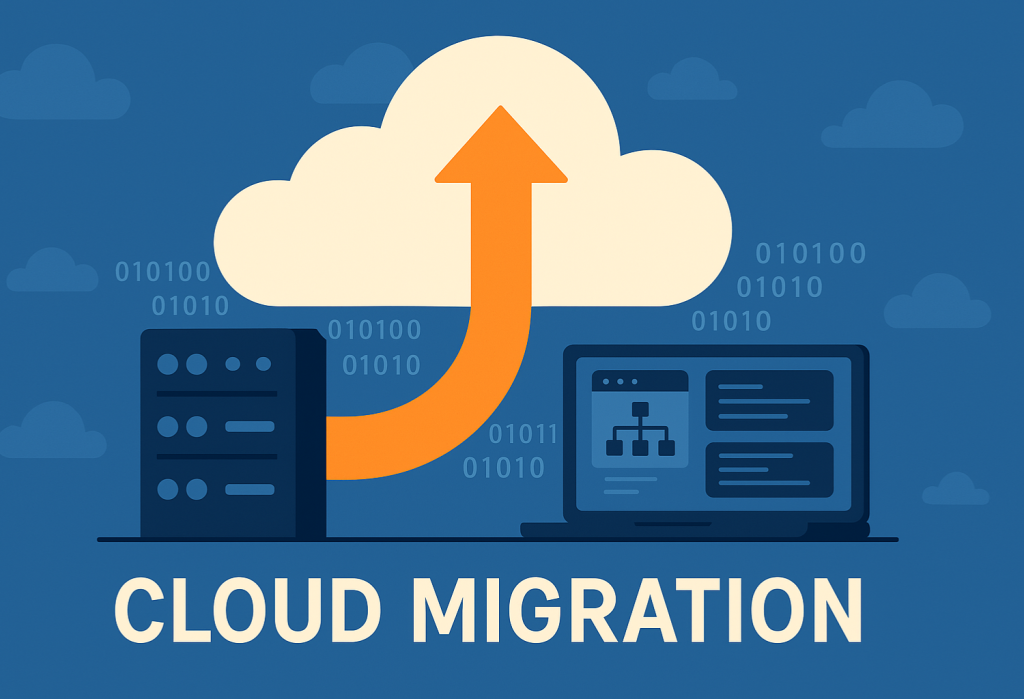
Cloud migration is no longer an IT upgrade, it is a business necessity. Businesses worldwide are embracing the cloud to increase productivity, reduce expenses, and stay ahead in today’s more complex digital landscape. Yet as cloud technology gets more advanced, so do the strategies and tools businesses use to move. Cloud migration will be driven by trends like AI automation, greater security, multi-cloud deployment, sustainability and more. Organizations that stay ahead of these trends will have greater flexibility, resilience, and cost savings. Here are the biggest cloud migration trends organizations should get ready for.
In this post, we’re diving into the top cloud migration trends to watch. Whether you’re planning your first big move or just want to keep your strategy sharp, knowing what’s coming next can make all the difference.
1. AI and ML in Cloud Migration
AI and ML are making cloud migration easier, faster, and way less stressful. Instead of spending weeks figuring out what to move and how, businesses are using AI-powered tools to do the heavy lifting-analyzing workloads, predicting risks, and making the whole process smoother.
Why It is a Game Changer:
- Smarter decisions, less guesswork – AI looks at your current setup and suggests the best way to migrate.
- No unexpected headaches – Predictive analytics catch potential issues before they cause trouble.
- Minimal downtime, maximum efficiency – AI helps ensure a smooth transition so your business keeps running.
- Always optimized – Even after migration, AI keeps an eye on performance and security, making adjustments as needed.
Big players like AWS, Microsoft Azure, and Google Cloud are already using AI to simplify cloud migration-helping businesses move with confidence.
2. Multi-Cloud and Hybrid Strategies
Gone are the days of relying on a single cloud provider. Organisations are adopting multi-cloud and hybrid cloud strategies to reduce risk, increase agility, and gain cost optimisation. Instead of piling all data into a single vendor like AWS, Microsoft Azure, or Google Cloud, organisations are dividing workloads across several clouds.
A hybrid cloud setup blends on-premises infrastructure with cloud technology, ensuring control over critical data while leveraging cloud scalability. Cloud management services are simplifying these ecosystems so that businesses have the ability to monitor and optimize multi-cloud ecosystems with ease.
More companies will embrace multi-cloud and hybrid cloud infrastructures to enhance resiliency and prevent vendor lock-in.
3. Edge Computing Growth
The cloud has its advantages, but what if your data didn’t have to travel so far? That’s where edge computing comes in. Instead of sending everything to distant cloud servers, businesses can process data closer to where it’s actually being used—on local devices or nearby servers. This means faster performance, fewer delays, and a more reliable system overall.
Why It is a Game Changer:
- Faster, Smoother Performance – Your data doesn’t have to take a long trip to the cloud, so things happen instantly.
- Lower Costs – Sending less data to the cloud means saving on bandwidth and reducing expenses.
- More Reliable – Even if the internet goes down, local processing keeps things running.
- Better Security – Sensitive information can be handled on-site before being shared with the cloud.
By blending edge computing with cloud migration, businesses get the best of both worlds-the speed of local processing and the power of the cloud. Edge computing is the future of cloud computing, offering a smarter, more efficient way to handle data in today’s fast-moving digital world.
4. Serverless Computing and Kubernetes
Serverless computing is revolutionizing cloud adoption. Serverless platforms such as AWS Lambda, Google Cloud Functions, and Azure Functions enable developers to host applications without worrying about server management. In this approach, companies pay only for the consumed computing capacity, making cloud adoption economical.
Meanwhile, Kubernetes is still the cloud computing champion. As the leading container orchestration tool, Kubernetes simplifies workload portability across various cloud providers. Companies are using Kubernetes to modernize apps, simplify cloud migrations, and boost infrastructure scalability.
The blend of Kubernetes and serverless technology is fueling cloud technology growth, enhancing scalability and efficiency. Expect more businesses to leverage these technologies to enhance cloud infrastructure.
5. Stronger Cloud Security and Compliance
Security is non-negotiable. With cyber threats evolving every day, businesses can’t afford to take risks. That’s why more companies are adopting AI-driven security, Zero Trust frameworks, and automated compliance tools to keep their data safe.
Managed cloud services play a crucial role in enhancing security by offering built-in protections, real-time threat detection, and continuous monitoring. By leveraging AI, they proactively identify and neutralize threats before any damage occurs, ensuring a more robust defense system.
Staying compliant with regulations like GDPR, HIPAA, and ISO 27001 can feel overwhelming, but compliance automation is making it easier by handling much of the heavy lifting. Businesses that focus on security from day one will have a smoother cloud migration, fewer risks, and peace of mind knowing their data is protected.
6. Green Cloud Computing
Moving to the cloud isn’t just about better performance—it’s also about making smarter, more sustainable choices. With growing concerns about energy use and carbon emissions, businesses are looking for ways to go green while staying efficient. That’s where green cloud computing comes in. Cloud providers are stepping up by running energy-efficient data centers, using renewable energy, and committing to carbon-neutral operations to help businesses reduce their environmental impact.
By optimizing workloads and cutting down on wasted resources, companies can lower costs, use less energy, and shrink their carbon footprint—all without sacrificing performance. Choosing a sustainable cloud isn’t just good for the planet, it’s a win for businesses looking to save money, boost their reputation, and build a more responsible future.
7. FinOps for Cloud Cost Optimization
Cloud expenses can quickly get out of hand if not managed properly. That’s why more businesses are turning to FinOps (Financial Operations). It is a strategy that helps balance cloud spending with operational efficiency. By monitoring and analyzing cloud usage in real time, companies can cut unnecessary costs and optimize resources without sacrificing performance.
AI-powered cloud cost management tools make this even easier by identifying underutilized assets and reducing wasteful spending. As cloud adoption continues to grow, FinOps is becoming essential for businesses looking to stay cost-efficient while making the most of their cloud investments.
8. AI-Driven IT Operations (AIOps)
Cloud migration can be overwhelming, but AIOps (Artificial Intelligence for IT Operations) is changing the game. By using AI and machine learning, businesses can automate complex tasks, quickly detect issues, and optimize performance—all without the usual headaches. Instead of relying on manual monitoring, AIOps keeps an eye on everything in real-time, predicting problems before they happen and fixing them automatically.
This means less downtime, fewer surprises, and a much smoother transition to the cloud. As businesses continue to adopt cloud solutions, AIOps is becoming essential for making sure everything runs efficiently, securely, and cost-effectively—without IT teams getting buried in troubleshooting.
9. Low-Code and No-Code Platforms
Migration of current applications to the cloud is a time-consuming process, but low-code and no-code platforms are making it easier. Organisations are now able to modernise applications with minimal coding using these platforms, and cloud migration is accelerated.
Drag-and-drop functionality, pre-configured templates, and automation capabilities allow organizations to migrate legacy systems to the cloud with minimal disruption. Organizations providing cloud migration services are incorporating low-code solutions to simplify the process and enable organizations to adopt cloud technologies at a faster pace.
10. Industry-Specific Cloud Solutions
Every industry has its own unique needs, so a one-size-fits-all cloud solution often falls short. As a result, more businesses are turning to industry-specific cloud solutions—custom-built platforms tailored to address the challenges of specific sectors. Whether it’s healthcare, finance, retail, or manufacturing, these specialized cloud environments offer the right mix of security, compliance, and tools to make cloud migration more seamless.
For example, hospitals require HIPAA-compliant systems to protect patient data, while banks depend on secure, regulation-ready platforms. Meanwhile, retailers benefit from scalable e-commerce solutions, and manufacturers are turning to IoT-powered clouds for smarter, more efficient production. By choosing a cloud solution built for their specific industry, businesses can migrate more effectively, minimize risk, and maximize the value of their cloud investments—all without unnecessary complexity.
Conclusion
The future of cloud computing is being shaped by powerful cloud migration trends—from AI-driven automation and hybrid strategies to sustainable and cost-efficient cloud solutions. Firms employing these technologies can enhance efficiency, reduce risks, and gain a competitive edge. But the process has to be seamless, and that requires the right talent.
This is where cloud migration services step in. With planning through to flawless execution and ongoing optimization, these services make it possible for organizations to deal with migration complexity with assurance. Is your organization ready to leap into the future? Now’s the time to use cloud migration services and learn the full potential of the cloud!
So if you’re thinking about making the leap—or just making your current setup even better—these cloud migration trends are your roadmap to success.
